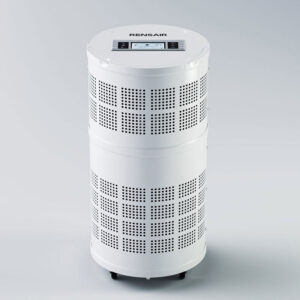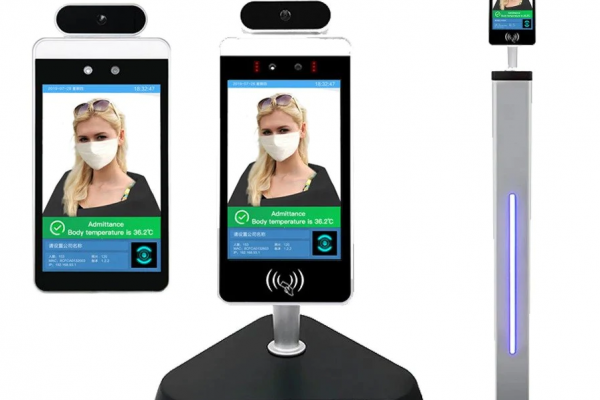May 3rd, 2022 by Interquip Healthcare
Implementing a digital food safety system in an healthcare organisation can bring massive benefits to your staff, patients and residents, and the wider organisation. Ultimately, it will improve safety, compliance, efficiency, and productivity. However, when your staff are used to using a paper-based system, moving to a digital system can present a few challenges.
People don’t like change. Especially if the perceive that it could in some undefined way challenge their status quo, their ability to ‘get the job done’ or just because they don’t understand IT! Some employees will be quick to adapt, but you can guarantee that there will be some resistance and scepticism.
“This is the way we have always done it”
But you can minimise the negativity, maximise user acceptance and even win over some of the naysayers, by taking the following steps.
1. Early engagements with stakeholders across the board
Although it’s tempting to push through with changes to the technological aspect of an organization as soon as possible, people must be given time to process the idea. However, you’ll encounter more resistance from the organization’s staff if they aren’t brief properly from the beginning.
For the most part, implementing changes for many individuals is hardest when they are taken by surprise. That said, giving them a heads up as early as possible can provide them with plenty of options when managing food safety processes. Giving them options can help them decide – albeit in a more open-minded way.
If much of the personnel believe that the transition towards a new digital food safety system is a ‘fait accompli’, there’s a good chance that they aren’t invested in the idea. The ideal course of action would be to discuss the bigger picture with the staff before making any final decisions in implementing the technological system.
2. Setting a vision and milestones for new processes
Instead of simply presenting and briefing staff on your new technological implementations, you’ll need to consider establishing a vision with clear milestones on your new mode of operations when it comes to food safety. Effectively explaining the bigger picture to the organization will give the staff a good understanding of the changes needed.
For instance, your set vision for food safety may be in the form of keeping your customers and personnel safe, while your milestones involved optimizing efficiency and ease as you achieve your vision. This will set a precedent for a new digital food safety system, which can serve as a tool for reaching your goals.
3. Listening and empathising with your staff regarding concerns
It’s important to keep in mind that humans by nature are creatures of habit, which means that change can make us feel uncomfortable in some form. Nevertheless, any fears or concerns regarding the implementation of this new system should be brought into the open as early as possible, not just during the implementation phase.
Naturally, people will question the feasibility of the new system in making their lives easier. Many individuals will ask themselves ‘Will I be able to do this?’ ‘Will this create more work’? ‘Will the system do the work that it claims to do?’ they might even ask ‘Will my job become obsolete after this?’ That said, you must get to the bottom of their fears and anxiety in a transparent and non-judgemental manner.
Some people are accustomed to the ‘traditional way of doing things’ may also be sceptical about the new system. Many of these individuals will have fears that others will now see their ways as ‘obsolete’. Therefore, leaders should acknowledge and honour the past while also looking at the future and an ever-changing world. Celebrate what your staff has achieved with the previous system while moving towards what is new.
4. Enlisting leaders of the new system and building shared ownership
To mitigate the spread of negativity, there must be appointed individuals at varying levels of the organisation. This includes having a middle and senior management that can actively advocate and promote your new digital food safety system. By educating your leaders first while keeping them engaged (and rewarded), they will be able to relay key messages and support personnel that might be struggling with the new system.
When it comes to implementing changes, it’s important to ensure that the ownership of the new system isn’t in the hands of a few select individuals. A digital food safety system will only function if there is a team behind it that’s informed on what they are doing. If the system is left to a select few, the system will fail if they move on. When this happens, personnel may claim that the system doesn’t work and may want to return to the old system.
5.Developing a mentoring and training program
There’s no limit to investing in information, mentoring, training, education, and support systems when you’re implementing your digital food safety system. Not only does developing an engaging training program keep operations fun and interesting, but this will also motivate staff by offering some rewards and incentives.
Consider putting into practice different learning styles for your training program. There are individuals that are visual, auditory, and kinaesthetic learners. It’s also crucial to have a wide range of learning materials, such as visual learning aids, documents, and videos. If possible, you might want to offer a one-on-one coaching and mentoring session for individuals that require extra help. If the confidence and understanding aren’t there for the new system, they’ll eventually look back at the old system.
6. A consistent and phased implementation process
To make the transition process for the new system more seamless, it’s helpful to offer a period of overlap, when both systems are running simultaneously as the organisation adapts. This way, the organisation can learn quickly from any mistakes while also sharing insights on ‘quick wins’ before the staff makes the final steps for the transition. Seeing these small victories can embolden the staff to adapt to the new system.
7. Be adaptable while expecting challenges
Lastly, it is paramount to be cognizant that as with any new technological system, there will be problems along the way. Manage the expectations of your staff as early as possible by explaining that it won’t always be smooth sailing, but it will all be worthwhile in the end.
Another important thing to consider is developing feedback mechanisms that can help the staff report any technical and implementation issues, while also showing them how their feedback is dealt with. Not only will this make them more forgiving of future issues, but they will be more accepting as time goes by.
















